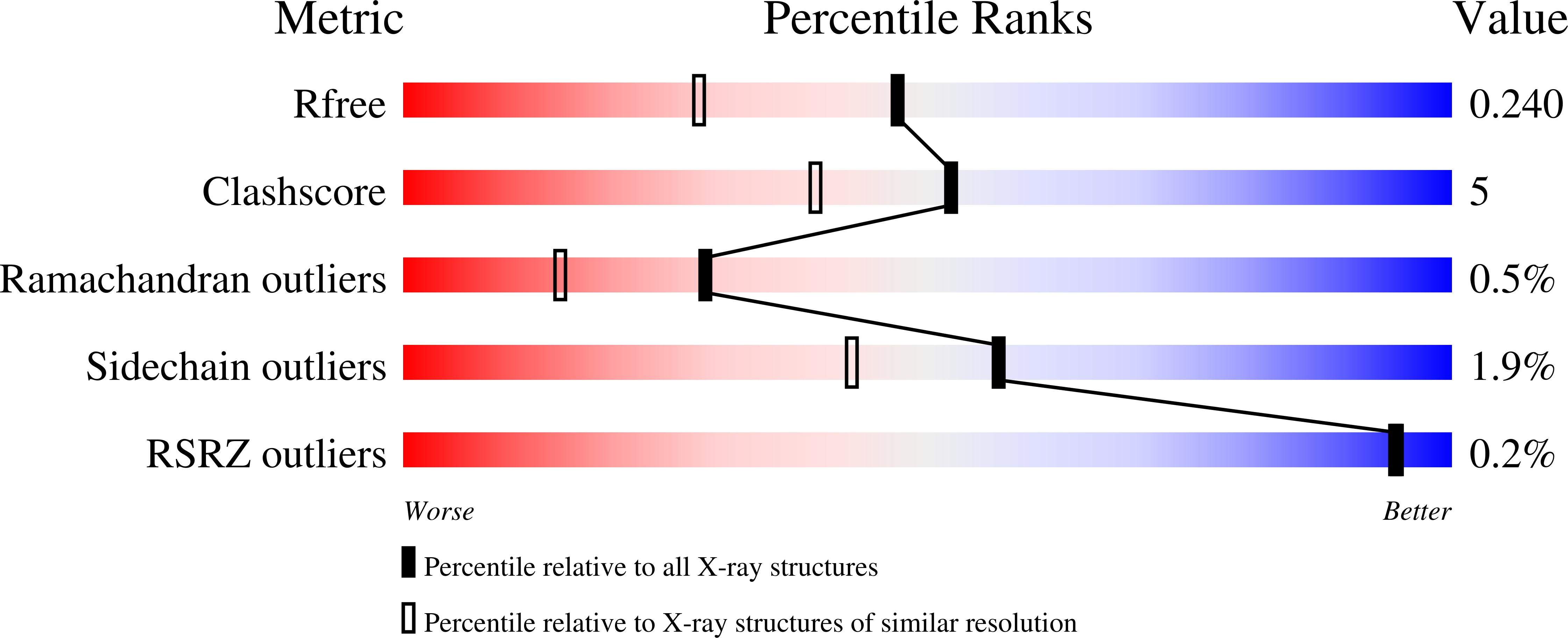
Deposition Date
2021-03-17
Release Date
2022-03-30
Last Version Date
2024-11-06
Entry Detail
PDB ID:
7NWV
Keywords:
Title:
Structure of recombinant human beta-glucocerebrosidase in complex with BODIPY Tagged Cyclophellitol activity based probe
Biological Source:
Source Organism:
Homo sapiens (Taxon ID: 9606)
Host Organism:
Method Details:
Experimental Method:
Resolution:
1.86 Å
R-Value Free:
0.23
R-Value Work:
0.17
Space Group:
P 1 21 1


